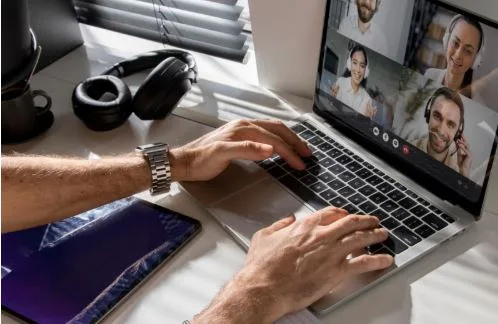How To Create A Productive Office Environment: A Quick Guide
Your office space can make or break your workday. Whether you’re working from home or managing a traditional office, the environment around you directly impacts your focus, energy, and output. The good news? Creating a productive workspace doesn’t require a complete renovation or a massive budget. It just takes some strategic thinking and a few intentional adjustments.
Understanding Your Work Style First
Before you start designing your office space, rearranging furniture or buying new desk accessories, take a moment to think about how you actually work. Are you someone who thrives in complete silence, or do you prefer some background noise? Do you jump between tasks or focus on one thing for hours? Your office design should reflect your natural rhythms. There’s no one-size-fits-all approach here. What works for your colleague might drive you absolutely crazy.
Lighting Makes All the Difference
Natural light is your best friend. If you can position your desk near a window, do it. Sunlight boosts your mood and keeps you alert throughout the day. But here’s the thing—you also need good artificial lighting for those early mornings and late afternoons. Avoid harsh overhead fluorescents if possible. Instead, layer your lighting with a good desk lamp and maybe some ambient lighting in the corners. Your eyes will thank you.
Furniture That Actually Supports You
Your chair matters more than you think. You’re sitting in it for hours every day, and a cheap chair will leave you achy and distracted. Invest in an ergonomic chair that supports your lower back. Your desk height matters too—your elbows should be at a 90-degree angle when you’re typing. Consider a standing desk or a desk converter if you want to mix things up during the day. Movement keeps your energy flowing.
Declutter Your Physical Space
A messy desk creates a messy mind. You don’t need to be a minimalist, but you should be able to find what you need within seconds. Create designated spaces for everything:
- Important documents in labeled folders or trays
- Office supplies in drawer organizers
- Cables managed with clips or sleeves
- Personal items limited to a few meaningful pieces
Take five minutes at the end of each day to reset your space.
Color and Personality Without Distraction
Your office shouldn’t feel like a sterile hospital room, but it also shouldn’t look like a carnival exploded. Choose colors that help you focus. Blues and greens tend to be calming and promote concentration. Add some personality with artwork, plants, or a few photos. Just don’t overdo it. You want visual interest, not visual chaos.
Managing Noise and Distractions
If you can’t control the noise around you, work with it. Noise-canceling headphones are worth every penny. Some people focus better with instrumental music or white noise in the background. Others need complete silence. Figure out what works for you and create that environment. If you share your space with others, set clear boundaries about interruptions during focus time.
Temperature and Air Quality
You can’t focus when you’re freezing or sweating. Keep your space at a comfortable temperature—most people work best around 70-72 degrees Fahrenheit. Open windows when possible for fresh air. Add a small fan or space heater if needed. Plants do double duty here—they look great and improve air quality naturally.
The bottom line? Your office environment should work for you, not against you. Start with these basics, then adjust based on what actually improves your productivity.


